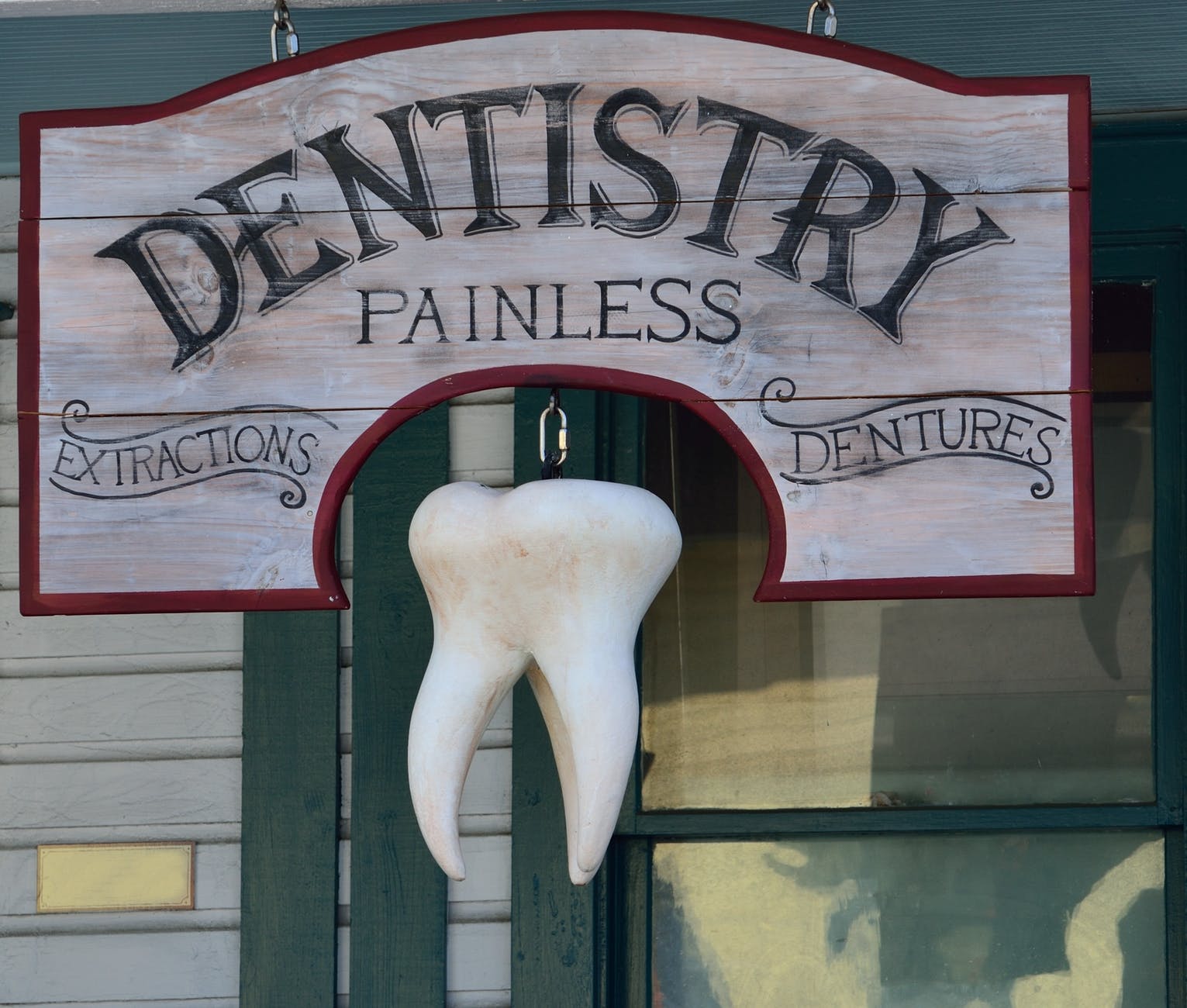About 40 years ago, dentists in Connecticut ran an experiment.1 They wanted to know how to motivate people to brush and floss their teeth. They decided to try the well-known tactic–scare them into doing it. They randomized a large group of subjects into two groups. They gave one group an informational video of why and how to brush and floss their teeth. They gave the other group pictures of all the bad dental complications: missing teeth, bloody gums, infections, draining pus, inability to eat solid food…
Fear does not create lasting change
The results showed that fear was not a good motivator to change habits in the long term. The results of the two groups were about the same as far as how many would continue to brush and floss regularly after the experiment.
Efficacy creates lasting change
The researchers also measured efficacy: Did the subjects feel empowered to make a change? Did they feel effective? Did they feel that they could actually stick with the program?
You might think this is a difficult thing to measure. However, before the experiment, researchers simply asked all the subjects: “Do you think you’ll actually be able to stick with this program?”
Results: Those who said “Yes” had a higher chance of success independent of which group they were randomized into.
“Whether you believe you can do a thing or not, you are right.“
— Henry Ford2
Good stories have a measured dose of both fear and efficacy.
When crafting a story to influence behavior, fear might work in the short run. However, the change often does not last.
To create lasting change, the story must motivate by increasing your sense of efficacy–your belief that you can do this!
- You can envision yourself making this change and sticking with it.
- The change is simple enough to incorporate.
- The story is personalized. It seems to speak directly to you.
- The story is relevant.
- You feel supported in the change.
- You understand the reason for the change.
What story are you telling yourself? Does your story need to change?
When I have a patient that I want to move towards healthier lifestyle choices. I figure out what they are doing now and what their goals are. (What’s their current story?)
Only then can I craft a new story of change that is personalized to take them from where they are now and relevant to take them to where they want to go. I support them in the change and let them know why they are doing it.
Then, we come up with some simple steps that they can incorporate now. If they are drinking empty calories in sugary sodas, I ask them to stop drinking sodas for 3 weeks. This a goal that they can easily incorporate. At the end of this time, we assess the change. Most will lose weight and feel healthier and begin to feel empowered to continue to make more diet changes. Their sense of efficacy increases: they recognize their power to create change in their life.
What change do you want to create in your life? How can you balance the motivations of fear and efficacy? Are you brushing and flossing your teeth every day?
REFERENCES:
1 The experiment by the Connecticut dentists is mentioned in the video below, TED Talk “It’s time to redesign medical data” by Thomas Goetz. I have not looked up the original study.
2The origin of the quote is unclear, but often attributed to Henry Ford. Read more on quote investigator.com.
